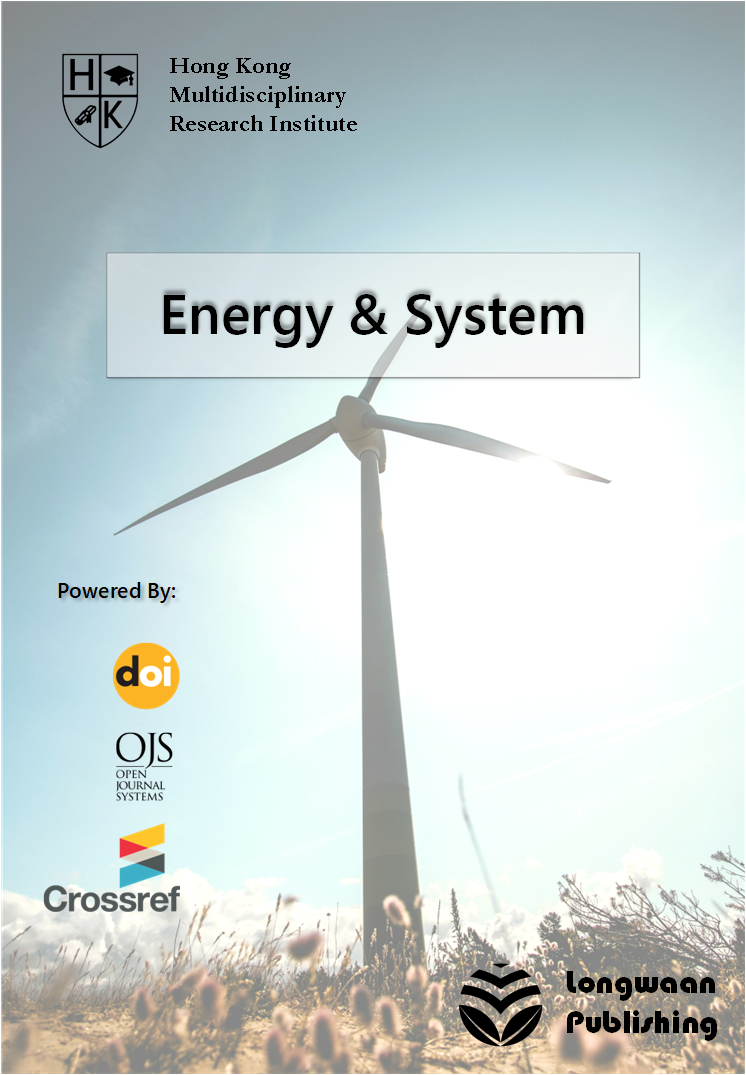Health Monitoring and Predictive Maintenance of Wind Turbines Using Generative Artificial Intelligence
Published 2024-12-26
How to Cite
Abstract
This paper introduces an innovative method for the health monitoring and predictive maintenance of wind turbines, leveraging Generative Adversarial Networks (GANs). The study employs a comprehensive dataset spanning five years, collected from a North Sea wind farm comprising 50 turbines equipped with extensive sensor networks. The dataset encompasses diverse operational parameters, including vibration, temperature, wind speed, direction, and power output. Rigorous preprocessing steps were implemented to ensure data integrity, addressing issues such as missing values, outliers, and noise reduction. The research methodology involves developing and training a GAN, consisting of a Generator and a Discriminator, to generate synthetic data that mimics normal operational conditions. Anomaly detection is achieved by comparing real-time data with synthetic data based on reconstruction error, employing a threshold-based approach to identify anomalies. For predictive maintenance, a time-to-failure (TTF) model is constructed using the Cox Proportional Hazards model, integrating detected anomalies and operational parameters. The results demonstrate that the GAN effectively learns normal operational patterns, as evidenced by the convergence of Generator and Discriminator losses over training epochs. The anomaly detection system achieves an F1 score of 0.81, indicating high accuracy. The predictive maintenance model exhibits a Concordance Index of 0.82, reflecting robust predictive performance. This study highlights the potential of generative artificial intelligence in enhancing the reliability and efficiency of wind energy systems through proactive maintenance strategies.
References
- Fan Zhang et al. (2020). Calculation and Analysis of Wind Turbine Health Monitoring Indicators Based on the Relationships with SCADA Data. Applied Sciences. https://doi.org/10.3390/app10010410
- Abirami Sasinthiran et al. (2024). A review of artificial intelligence applications in wind turbine health monitoring. International Journal of Sustainable Energy. https://doi.org/10.1080/14786451.2024.2326296
- Weiwu Feng et al. (2023). In Situ Structural Health Monitoring of Full-Scale Wind Turbine Blades in Operation Based on Stereo Digital Image Correlation. Sustainability. https://doi.org/10.3390/su151813783
- Yolanda Vidal Seguí et al. (2019). Wind turbine health monitoring based on accelerometer data
- Thomas Maetz et al. (2023). Microwave Structural Health Monitoring of the Grouted Connection of a Monopile-Based Offshore Wind Turbine: Fatigue Testing Using a Scaled Laboratory Demonstrator. Structural Control and Health Monitoring. https://doi.org/10.1155/2023/1981892
- Jersson X. Leon-Medina, F. Pozo (2023). Moving towards Preventive Maintenance in Wind Turbine Structural Control and Health Monitoring. Energies. https://doi.org/10.3390/en16062730
- He Ren et al. (2021). A novel wind turbine health condition monitoring method based on composite variational mode entropy and weighted distribution adaptation. Renewable Energy, 168, 972-980. https://doi.org/10.1016/j.renene.2020.12.111
- Wenyi Liu et al. (2021). A Novel Wind Turbine Health Condition Monitoring Method Based on Correlative Features Domain Adaptation. International Journal of Precision Engineering and Manufacturing-Green Technology, 9, 191-200. https://doi.org/10.1007/S40684-020-00293-5
- Thanh-Cao Le et al. (2022). Piezoelectric Impedance-Based Structural Health Monitoring of Wind Turbine Structures: Current Status and Future Perspectives. Energies. https://doi.org/10.3390/en15155459
- Predictive Maintenance (2020). Industrial Automation
- Z. Luo, H. Yan, and X. Pan, ‘Optimizing Transformer Models for Resource-Constrained Environments: A Study on Model Compression Techniques’, Journal of Computational Methods in Engineering Applications, pp. 1–12, Nov. 2023, doi: 10.62836/jcmea.v3i1.030107.
- H. Yan and D. Shao, ‘Enhancing Transformer Training Efficiency with Dynamic Dropout’, Nov. 05, 2024, arXiv: arXiv:2411.03236. doi: 10.48550/arXiv.2411.03236.
- Y. Liu and J. Wang, ‘AI-Driven Health Advice: Evaluating the Potential of Large Language Models as Health Assistants’, Journal of Computational Methods in Engineering Applications, pp. 1–7, Nov. 2023, doi: 10.62836/jcmea.v3i1.030106.
- P. Nunes et al. (2023). Challenges in predictive maintenance – A review. CIRP Journal of Manufacturing Science and Technology. https://doi.org/10.1016/j.cirpj.2022.11.004
- Wenjin Yu et al. (2023). Edge Computing-Assisted IoT Framework With an Autoencoder for Fault Detection in Manufacturing Predictive Maintenance. IEEE Transactions on Industrial Informatics, 19, 5701-5710. https://doi.org/10.1109/TII.2022.3178732
- Liangliang Zhuang et al. (2023). A prognostic driven predictive maintenance framework based on Bayesian deep learning. Reliab. Eng. Syst. Saf., 234, 109181. https://doi.org/10.1016/j.ress.2023.109181
- Dong Zhong et al. (2023). Overview of predictive maintenance based on digital twin technology.. Heliyon, 9 4, e14534 . https://doi.org/10.1016/j.heliyon.2023.e14534
- Jon Martin Fordal et al. (2023). Application of sensor data based predictive maintenance and artificial neural networks to enable Industry 4.0. Advances in Manufacturing, 11, 248-263. https://doi.org/10.1007/s40436-022-00433-x
- Mehdi Saman Azari et al. (2023). A Systematic Literature Review on Transfer Learning for Predictive Maintenance in Industry 4.0. IEEE Access, 11, 12887-12910. https://doi.org/10.1109/ACCESS.2023.3239784
- Marcelo Romanssini et al. (2023). A Review on Vibration Monitoring Techniques for Predictive Maintenance of Rotating Machinery. Eng. https://doi.org/10.3390/eng4030102
- Rajesh Siraskar et al. (2023). Reinforcement learning for predictive maintenance: a systematic technical review. Artificial Intelligence Review, 1-63. https://doi.org/10.1007/s10462-023-10468-6
- Junaid Qadir (2023). Engineering Education in the Era of ChatGPT: Promise and Pitfalls of Generative AI for Education. 2023 IEEE Global Engineering Education Conference (EDUCON), 1-9. https://doi.org/10.1109/EDUCON54358.2023.10125121
- Yihan Cao et al. (2023). A Comprehensive Survey of AI-Generated Content (AIGC): A History of Generative AI from GAN to ChatGPT. ArXiv, abs/2303.04226. https://doi.org/10.48550/arXiv.2303.04226
- C. Chan, Wenjie Hu (2023). Students’ voices on generative AI: perceptions, benefits, and challenges in higher education. International Journal of Educational Technology in Higher Education, 20. https://doi.org/10.1186/s41239-023-00411-8
- Chaoning Zhang et al. (2023). A Complete Survey on Generative AI (AIGC): Is ChatGPT from GPT-4 to GPT-5 All You Need?. ArXiv, abs/2303.11717. https://doi.org/10.48550/arXiv.2303.11717
- A. Bandi et al. (2023). The Power of Generative AI: A Review of Requirements, Models, Input-Output Formats, Evaluation Metrics, and Challenges. Future Internet, 15, 260. https://doi.org/10.3390/fi15080260
- Kabir Ahuja et al. (2023). MEGA: Multilingual Evaluation of Generative AI. ArXiv, abs/2303.12528. https://doi.org/10.48550/arXiv.2303.12528

